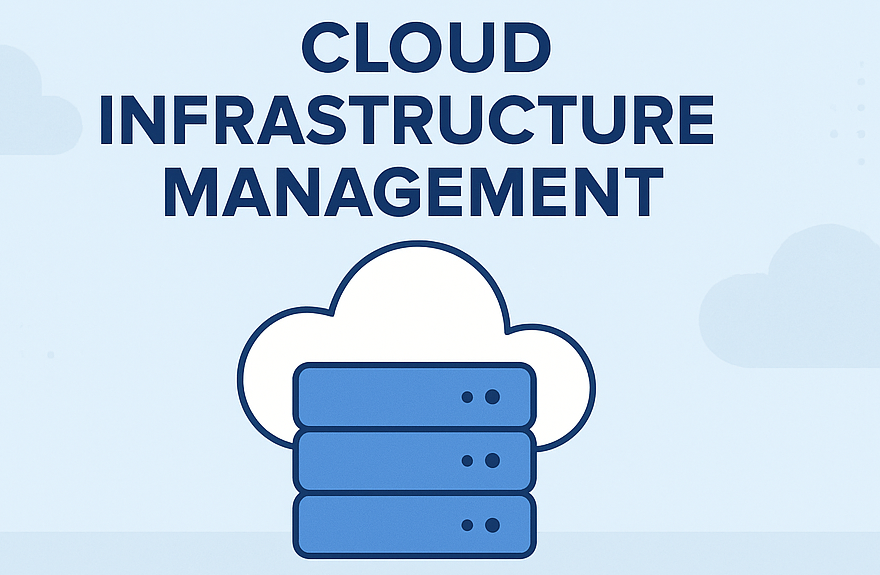
Introduction
In today’s digital world, it is very important to ensure high availability and scalability of websites and applications. Elastic load balancing (ELB) plays an important role in this. Elastic load balancing helps to distribute network traffic across EC2 instances, containers, and IP addresses.
In this blog, we will explore Elastic load balancing, its types, and more.
What is Elastic Load Balancing ?
Elastic Load Balancing is a service developed by AWS that is used to distribute incoming traffic across multiple EC2 instances. This helps maintain optimal performance, minimize response times, and ensure fault tolerance.

Features of Elastic Load Balancing
- Auto Scaling : ELB can automatically scale based on traffic demand.
- Health Checks : With the help of ELB, instance health can be monitored and it automatically redirects traffic away from unhealthy instances.
- Traffic Distribution: Elastic Load Balancing helps distribute network traffic across EC2 instances, containers, and IP addresses.
- Access Logs: It provides detailed logs for monitoring and troubleshooting purposes.
- SSL Termination: Offloads SSL decryption and encryption to the load balancer, reducing the workload on backend instances.
Types of Elastic Load Balancers
There are various types of Elastic Load Balancers.
- Classic Load Balancer (CLB): It is good for basic load balancing across multiple EC2 instances and operates at both the application and transport layers.
- Application Load Balancer (ALB): It routes HTTP and HTTPS traffic, operating at the application layer (Layer 7) of the OSI model, making it great for advanced routing and integration with containers.
- Network Load Balancer (NLB): It can route TCP, UDP, and TLS traffic, operates at the transport layer (Layer 4), and can handle high volumes of traffic with low latency.
- Gateway Load Balancer(GLB) : The Gateway Load Balancer simplifies the deployment, scaling, and management of third-party virtual appliances, such as firewalls, by utilizing GENEVE.
Conclusion
ELB efficiently distributes traffic across targets, leveraging features such as SSL termination and health checks. With ELB’s assistance, automatic scaling becomes possible. We’ve explored its benefits and types of load balancers.
Also read our blog post on Amazon EC2.
What’s Next?
“We’re here to support you! Should you have any questions or need assistance, don’t hesitate to get in touch with us. Contact us at info@uranuscloudsolutions.com and we’ll be happy to help. Your satisfaction is our priority”.


